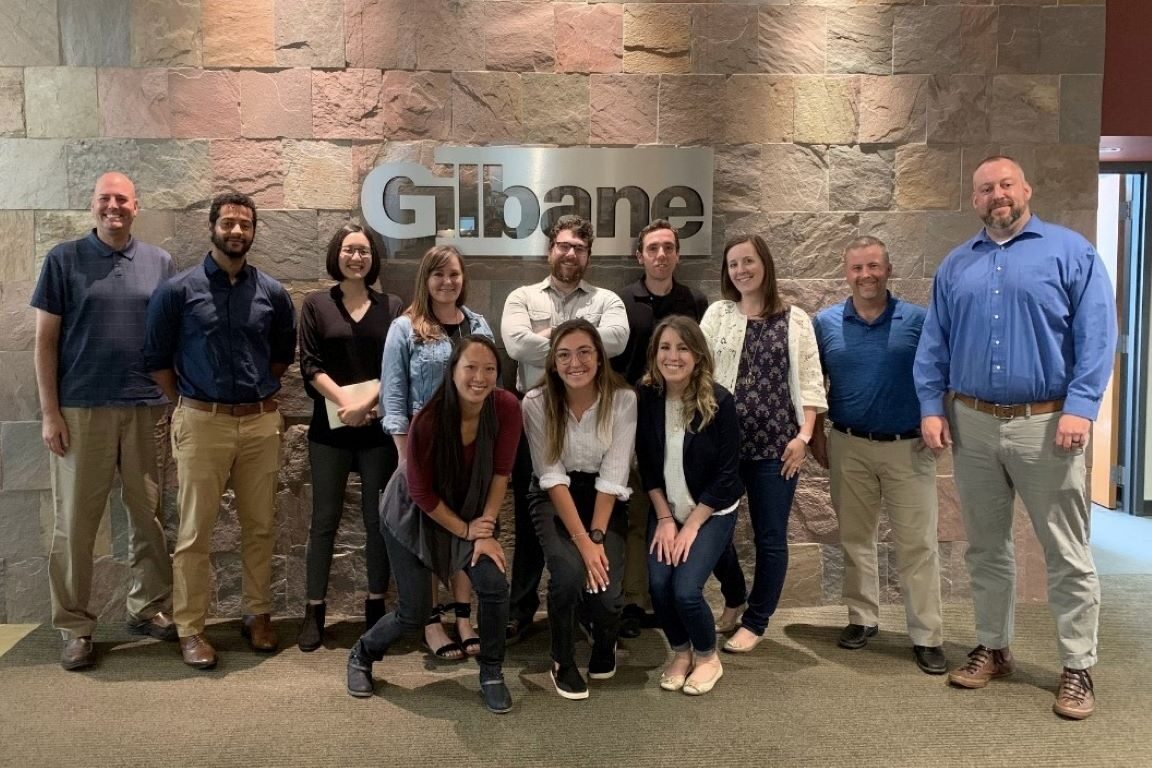Gilbane & Its Story to Redefine Inclusiveness in Its Male-Dominated Landscape
As a construction industry leader for six generations, Gilbane Building Company continues to deliver innovative building solutions – from state-of-the-art high-rises to LEED-certified sustainable buildings. Privately held and still family owned, Gilbane’s services range from preconstruction planning and consulting to general contracting and facility management. It employs 3,000 worldwide, with more than 530 in New York and New Jersey. Despite its size, the firm has resisted the complacency and stagnation that can accompany such large-scale success.
Over 150 years into the business, Gilbane continues to promote diversity among the contractors and subcontractors it manages. Despite the pandemic, the company’s New York regional revenue reached $1.56 billion in 2020, up from $1.49 billion a year earlier, and with its aggressive subcontracting efforts, project innovations and strong community connections, ENR editors have named it the region’s 2021 Contractor of the Year.
“We’re a big company, but we’re nimble and agile and able to make our own decisions,” says Grant Gagnier Jr., senior vice president leading the New York City business unit. “That allows us to experiment.”
Even in the sprawling field of construction management, Gilbane stands out with the breadth of its expertise and services. The company works in every major market sector in public, residential and commercial development, including high-rise towers, hospitals, schools, museums and community centers. With business units in New York City, upstate New York and New Jersey, it has 14.7 million sq ft of regional work underway.
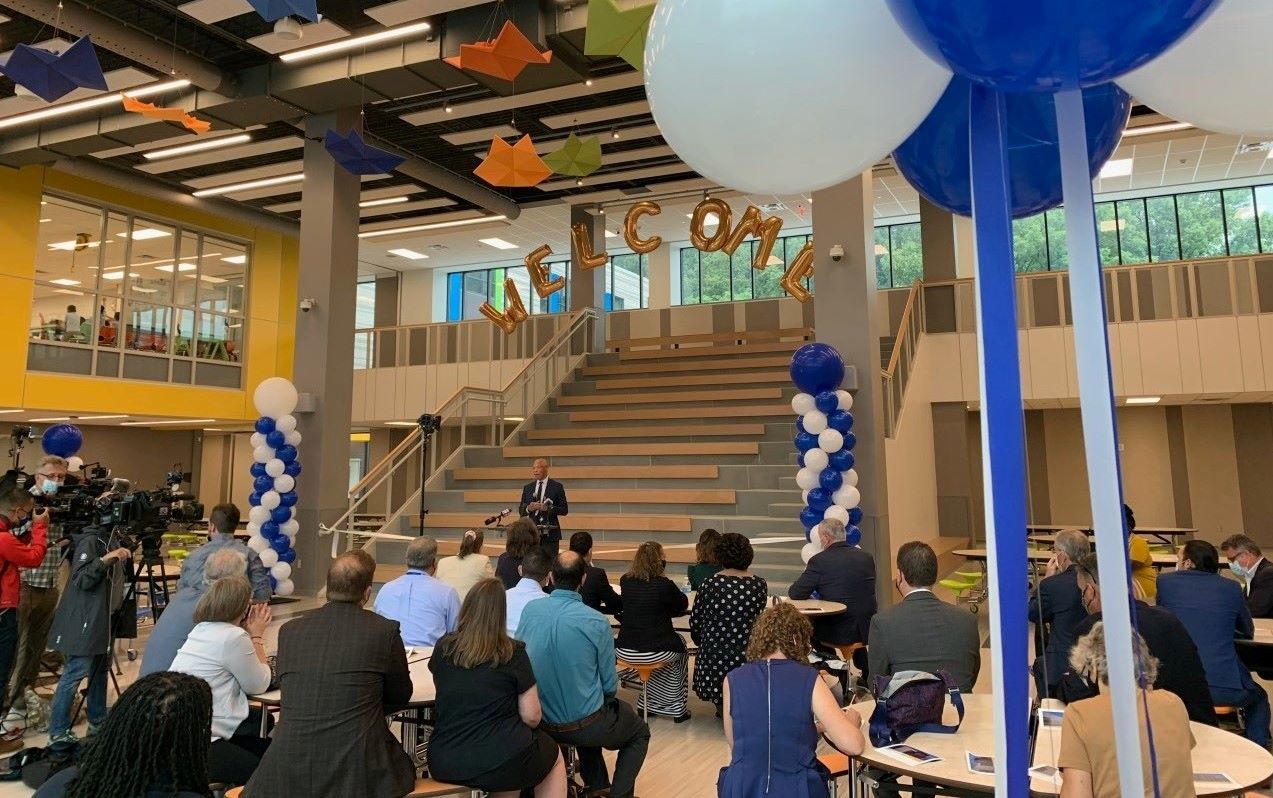
Sixth Generations of “Built by Gilbane”
The Gilbane family, with their young son, William, escaped the Great Hunger in Ireland and arrived in Rhode Island in 1845. In 1870, William Gilbane started working as a carpenter and builder. His brother joined him in 1871. They built hospitals, churches, schools, public buildings and homes around the area – “Built by Gilbane” became a selling point for local homes — including the president’s house at Brown University. The company leadership was passed to the second generation and then, during the Great Depression and on the eve of World War II, to the third generation: brothers William J. Gilbane and Thomas F. Gilbane.
A big break came in 1940, when the company got a contract to build housing for the U.S. Navy in Newport, R.I., and soon after for massive supply depots in Quonset Point, R.I. “Their work for the Navy was instrumental for the future success of the company,” says Thomas F. Gilbane Jr., 73, a member of the fourth generation who is chairman and CEO of Gilbane Inc. and chairman of Gilbane Building Co. The brothers were “passionate about the same things: family and religion, the Boy Scouts, and their business.”
In the late 1960s and early 1970s, six members of the fourth generation joined the business, including two sons of Virginia Choquette, the sister of William J. and Thomas F. Gilbane. The addition of this branch of the family in the fourth generation provided “a fresh perspective,” says Paul Choquette III, 46, a member of the fifth generation who is executive vice president of the Gilbane Building Co. The company expanded, opening offices in Washington, D.C., Cleveland, and Chicago, while continuing to take on high-profile projects. In 1976, Gilbane completed the Smithsonian National Air and Space Museum in Washington, D.C., on time and under budget.
When Thomas F. Gilbane Jr. became chief operating officer in 1983, “our board of directors was my father, brothers and cousins,” he says. In 1999, Gilbane formed a small advisory board, and in 2001, the business formalized a board of directors with more outside directors than family members. Today, the board has 14 members, five of whom are family members. The company is 100% owned by family members. Over 100 members of the fourth, fifth and sixth generations are shareholders.
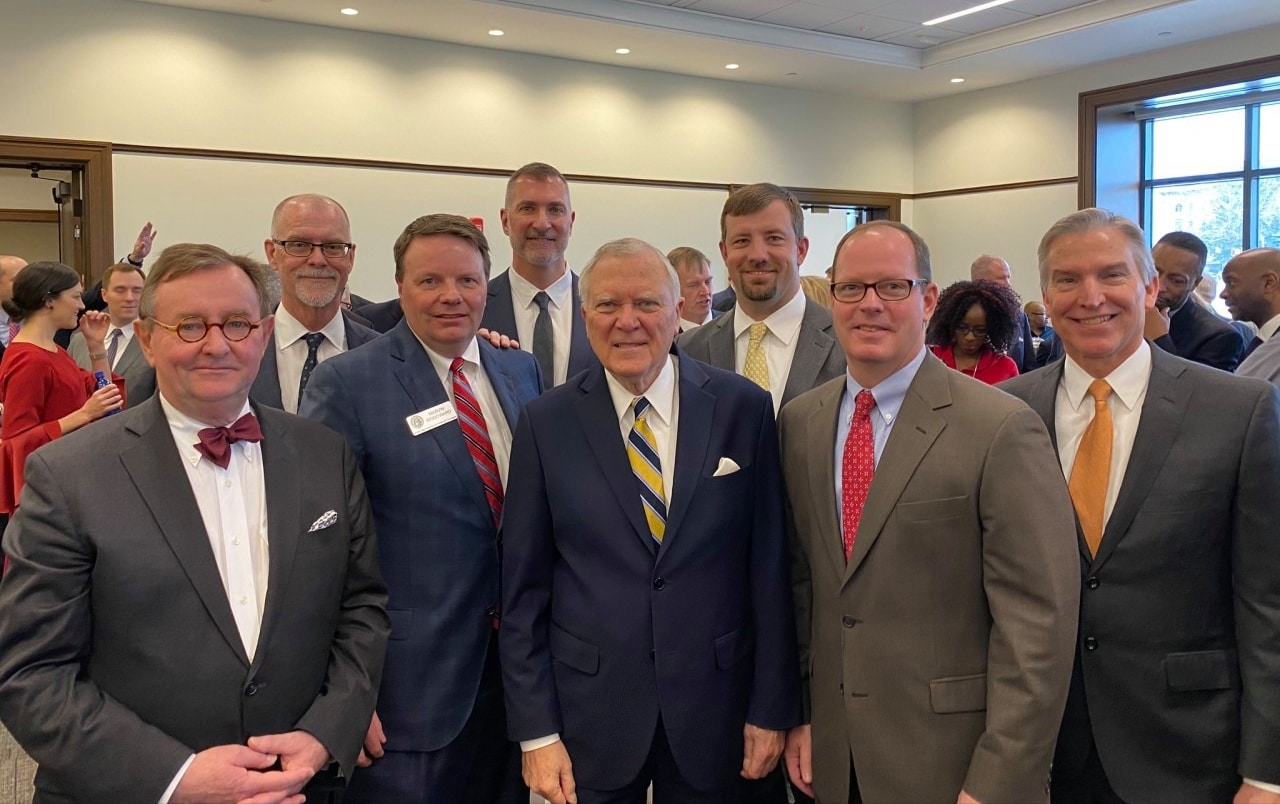
Long-Term Commitment to Inclusive Workforce
Gilbane’s commitment to economic inclusion and equal opportunity extends beyond policy. It’s embedded into the culture and part of everything Gilbane does, from hiring practices and internal employee training initiatives, to engagement with local business communities in the places in which it works, lives and builds.
As part of this commitment to inclusionary business practices, Gilbane encourages woman-owned, minority-owned, veteran-owned, and small business participation on all projects – regardless of funding requirements. To reinforce this, Gilbane has established a 20% companywide small and diverse participation goal.
Dunyo Awoonor has seen firsthand Gilbane’s commitment to working with minority and women-owned companies. His minority-owned Skyline Industries LLC is building its first ground-up project with Gilbane: the Charleston public library branch on Staten Island.
“Gilbane really wanted M/WBE firms on its projects,” he says. “We needed more time to bid, so project managers extended bid dates. They make every effort to ensure we get paid in a reasonable time, which is extremely helpful to my subs to maintain our schedule.”
Such efforts have paid off, with about 60% of firms working on the $12-million library project certified minority or women-owned, Awoonor says.
Working on such large projects is vital to these firms’ growth. “If you do little contracts, you can’t really grow,” he says. “You need bigger contracts, bigger credit lines. But bigger contracts have bigger risk, bigger outlays. We had this mechanical guy who needed equipment, but the manufacturer wanted money up front. Gilbane made accommodations and was helpful and understanding.”
In New Jersey, Dan Shea, vice president and business unit leader for the state, is also actively recruiting and training M/WBE businesses to join Gilbane projects. He oversees about 70 people in Newark and is building projects across New Jersey, ranging from civic projects to residential towers to life sciences labs.
“We have completed over 750,000 square feet and nearly 500,000 square feet of life science work in the last five years alone,” Shea says. “It’s a tremendous focus for us.”
Shea’s office has five contractors enrolled in its Rising Contractor program. “We do many smaller projects that these businesses can get involved in,” he says. “If they can’t get involved with a Gilbane project directly, we have connections with subcontractors. If there’s a dormitory project with 300 bathrooms, we can ensure a local company does the fixtures.”
Gilbane’s John LaRow, vice president and leader of the upstate New York unit, has seen high demand for such training. His office saw 700 applications for a pre-apprenticeship program in Syracuse to bring in minority and women-owned businesses.
“We’ve worked in a lot of municipalities like Syracuse, Rochester and Buffalo. They wanted a local workforce,” says LaRow, who helped launch a grassroots effort to move into those communities.
LaRow also manages about 70 employees in his business unit, which touts a steady base of $5-million to $100-million projects as well as “whale opportunities,” he says, larger projects that include a $450-million, 700,000-sq-ft replacement hospital in downtown Utica. Part of the Mohawk Valley Health System, the 375-bed hospital project will contract more than $100 million of work to small and minority businesses.
In Buffalo, Gilbane played a crucial role in redeveloping huge, long-vacant manufacturing facilities on the east side of town. The contractor, state and city set local hiring goals of 25% and women and minority business subcontracting goals of 30% for one such project. The team has just completed the second phase of the 250,000-sq-ft total redevelopment that includes a workforce training center, restaurants and manufacturing.
The firm implements many initiatives to stand true to its diversity, equity and inclusion value. “A very critical aspect of Gilbane’s Strategic Plan (Vision 2025) is to advance inclusion and diversity as a business differentiator” – Inclusion Program Manager Kavon McAdams comments.
Gilbane established an Inclusion & Diversity council which sets the overall direction and strategic priorities for inclusion and diversity efforts, including the areas of workforce diversity, inclusive work culture, economic inclusion, supplier diversity and community outreach. Besides, the company also offers Employee Resource Groups (ERGs), an economic inclusion program where people of similar backgrounds and interests come together. These groups have national and local chapters, with both socially focused and business-focused goals, providing employees with opportunities to problem-solve, innovate, develop and showcase their leadership skills. – says McAdams.
Gilbane also uses a focused week to shine a spotlight on inclusion and diversity. This Inclusion Week is designed to celebrate everyday inclusion in all its forms, sharing, promoting and inspiring our inclusion practices and culture. The program is designed to promote learning and sharing that extends throughout the year. “An inclusive workforce stimulates innovation, creativity, problem solving, productivity and effectiveness. That’s why we’ve established and support a wide range of programs as mentioned above to strengthen our diverse workforce and inclusive culture.” – she says.
A Culture of Care
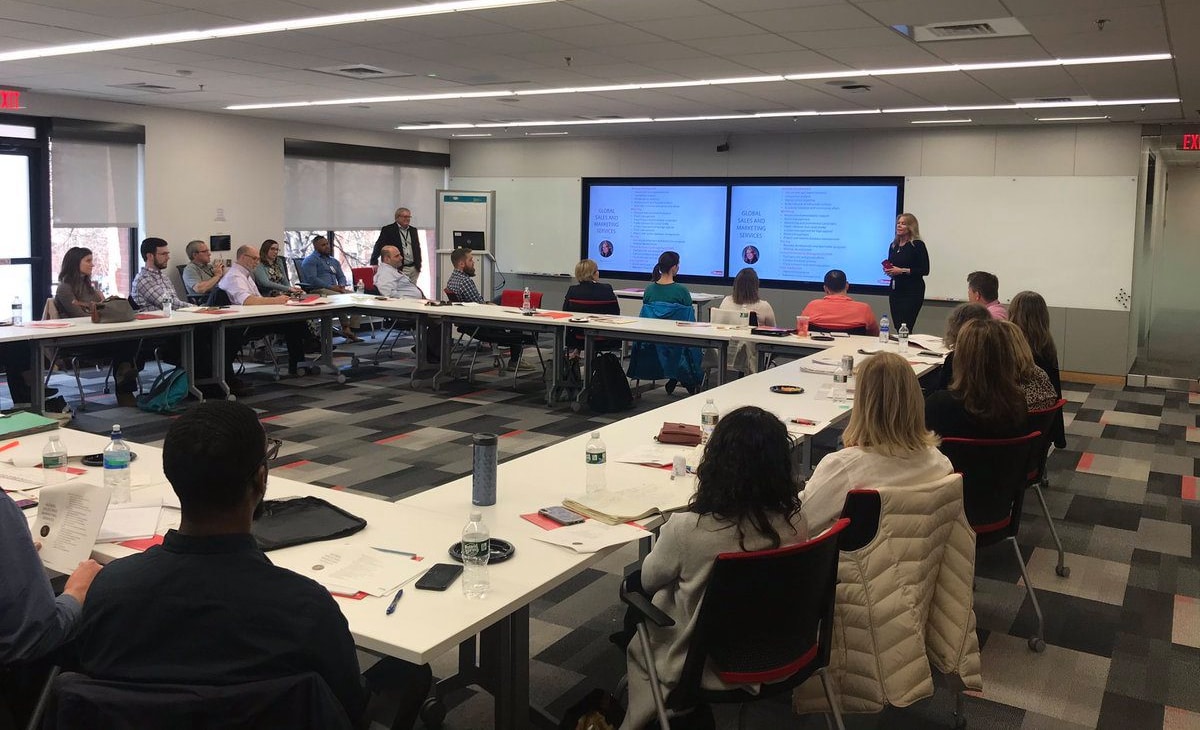
Since its adoption in 2008, Gilbane’s culture of caring has taken root and is now empowering its teams to take the time to invest in others’ wellbeing in remarkable ways. The mindset extends beyond the jobsite to employees’ private lives, the community and even the environment.
That’s why, in 2014, Gilbane added caring to their list of core values.
“Gilbane has always been a people-focused company. But our philosophy of caring has unleashed new and impressive efforts within our company to help others in the communities where we live and work,” says Thomas Gilbane.
While Gilbane’s business involves strengthening the communities around them through infrastructure, its goal is to strengthen those same communities through volunteerism, corporate giving and meaningful partnerships.
For example, Gilbane Building Company is a longtime supporter of the ACE Mentor Program of America, Inc. (ACE), an organization that mentors high school students and inspires them to pursue careers in design and construction, engaging more than 150 active mentors, board members and volunteers in 17 states and 43 cities. The commitment to ACE doesn’t stop there; the company also employs nine ACE graduates across the country.
As a 151-year-old company, Gilbane has built a business from the ground up and today helps small, local and disadvantaged businesses do the same.
In 2016, Gilbane launched GilbaneConnects, a targeted business outreach strategy that helps build capacity for local firms. The program has hosted more than 35 sessions, reaching more than 5,600 underutilized, minority, women- and veteran-owned, small and local business enterprises.
“All of our business engagement strategies can easily be tailored to any project or location,” explains Linda Graves, director of diversity and community affairs at Gilbane. “These strategies allow our teams to deliver results to our clients and the communities where we build. Our efforts resulted in more than $1.2 billion awarded in construction contracts over the past three years in both public and private-sector work combined.”
Confidence in the Future
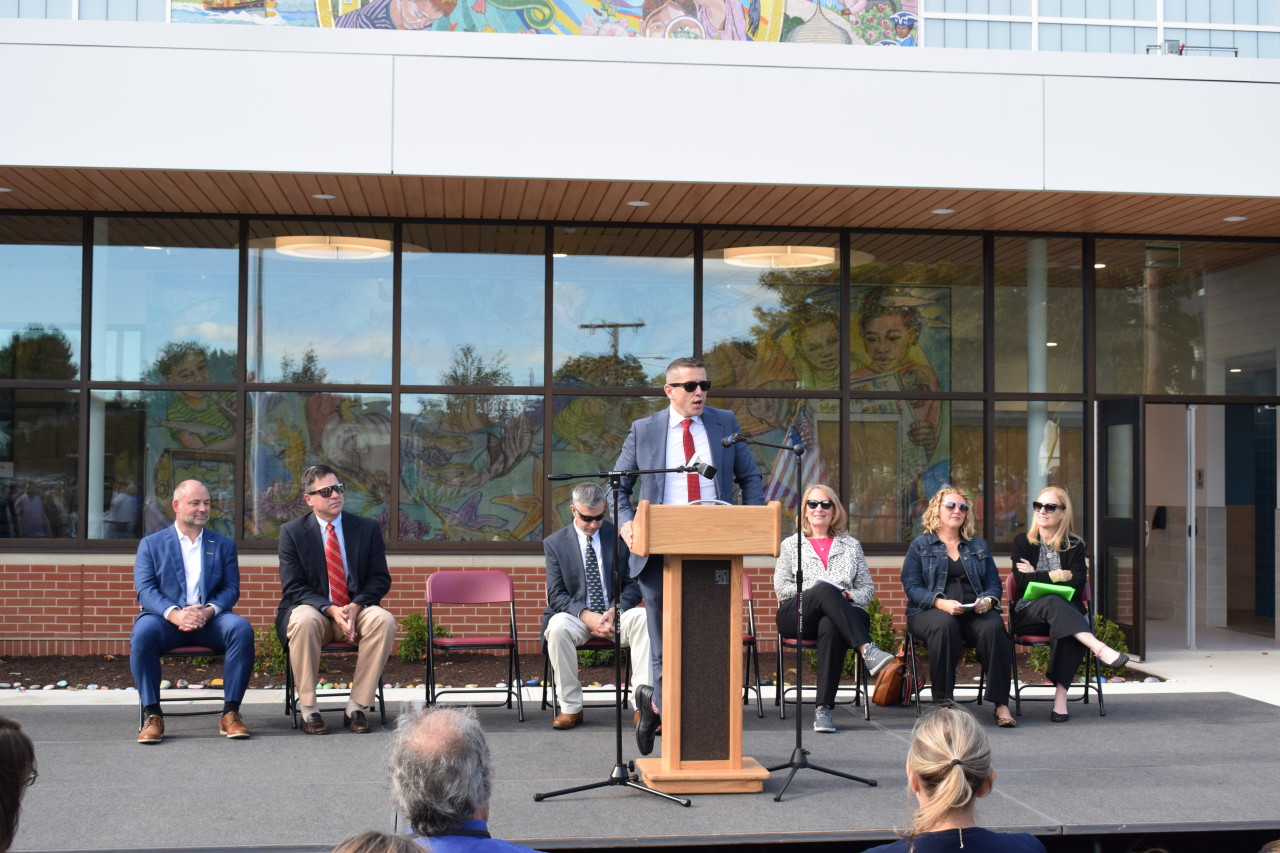
Thomas Gilbane says his ancestors’ entrepreneurial spirit is reflected in the way today’s employees rise to challenges from construction problems to a global pandemic. “I jokingly say, ‘Something goes wrong on every project every day,’ and I think employees relish those opportunities,” notes Gilbane. “You really learn what people are made of when times are challenging.”
Gilbane has typically pursued a variety of avenues for growth: branching out geographically, for example, or going deeper into industry sectors with growth potential, such as healthcare, life science, K-12 and higher education, and food and beverage. As the company looks past the pandemic, new questions arise: Will companies want larger offices so employees can work farther apart? Will they rely increasingly on remote workers and need less office space? Will having a home office in residential construction go from being a luxury to a necessity?
Gilbane is also looking at the future of its workforce and has been working collaboratively with other construction firms on promoting inclusion and diversity across the industry. “We know the best people come from a variety of backgrounds,” says Dan Gilbane, 45, a member of the fifth generation who is executive vice president and director of strategic initiatives for the Gilbane Building Co.
“Growing up, I always walked in the door and saw my grandfather’s name on the wall. Nowadays, being in a leadership role, I’m more inclined to think about that as something that represents future generations. How do I leverage the fantastic job that the generations that came before us have done and foster it for future generations?” says Thomas Gilbane.

